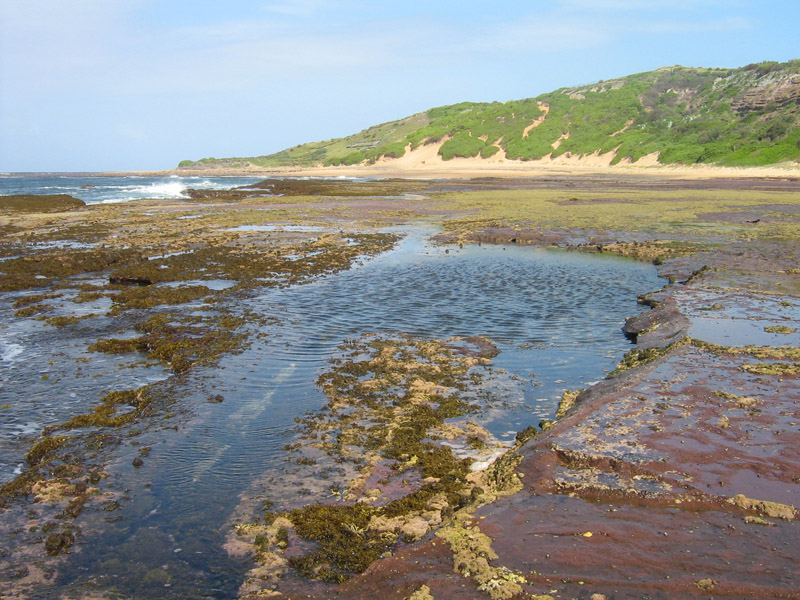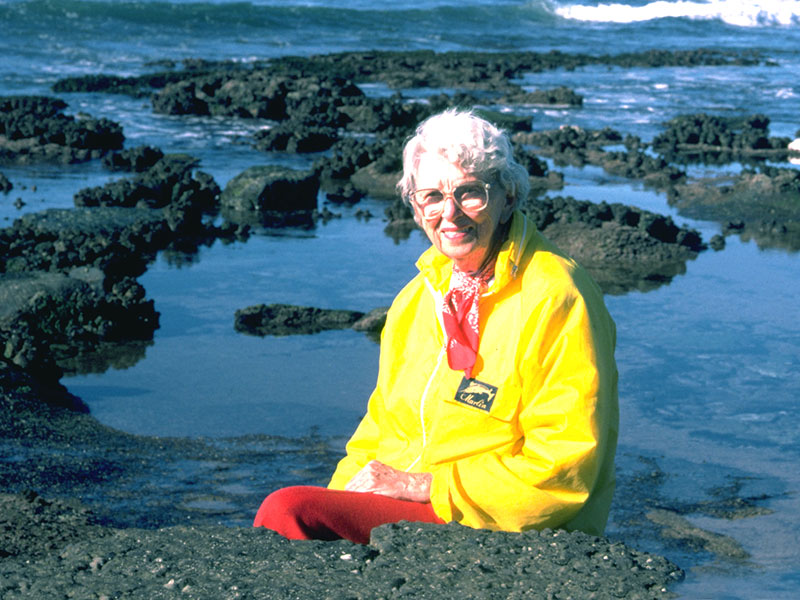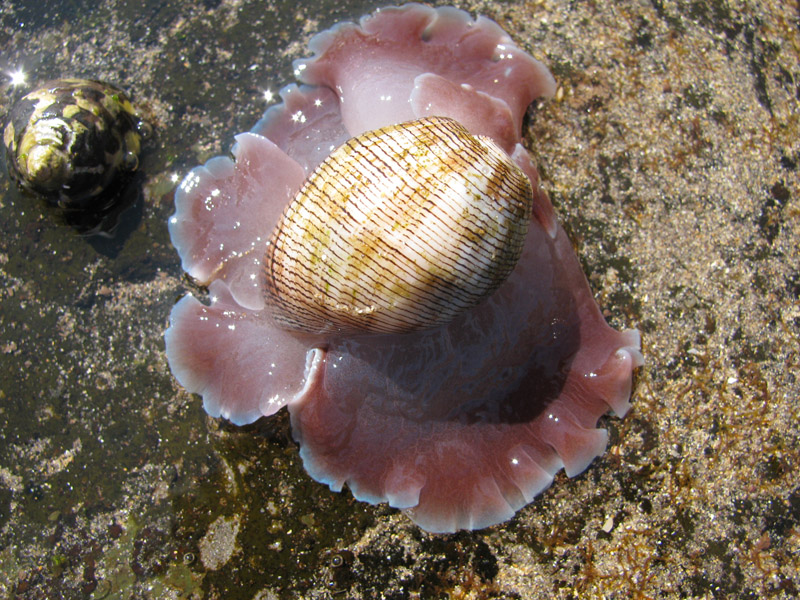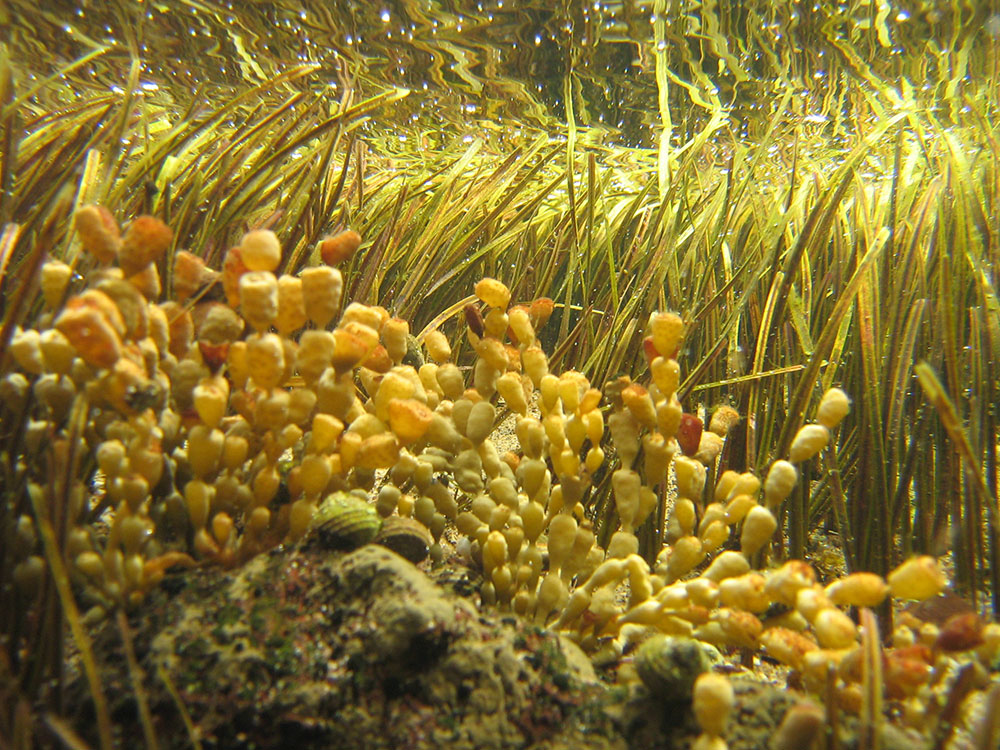
Why is Long Reef an aquatic reserve?
Long Reef was declared an aquatic reserve to conserve the wide variety of plant and animal species found in the reserve's habitats.
These habitats:
- exist from high tide to below low tide
- are comprised of different materials such as sand, rocky reef and boulder fields
- experience different degrees of exposure to waves such as surf-exposed ledges and sheltered rock pools.
 The need to conserve Long Reef was recognised in the 1970s.
The need to conserve Long Reef was recognised in the 1970s.
By then, Long Reef’s aquatic flora and fauna had become seriously depleted due to the intensive collection of food and bait.
In 1974 a scientific team from the Australian Museum, including Isobel Bennett AO, one of Australia’s pioneering marine biologists, Elizabeth Pope and Phil Colman began a campaign to protect Long Reef for scientific research and education.
Isobel Bennett described Long Reef as a ‘living museum’.

Long Reef was declared an aquatic reserve in 1980. For over forty years, Long Reef has been the site of many scientific studies and is visited each year by thousands of school children, university students and the public, learning about intertidal animals and plants.

Objectives for Long Reef Aquatic Reserve
The objective of Long Reef Aquatic Reserve is to:
- conserve the biodiversity of seashore animals and plants
- protect habitat
- facilitate educational activities
- facilitate scientific research.
Many other activities can be enjoyed at Long Reef Aquatic Reserve, including snorkelling, diving, line fishing and spearfishing for finfish (fish with a backbone), surfing, boating, exploring the rock platform or just taking in the beauty of the area.


